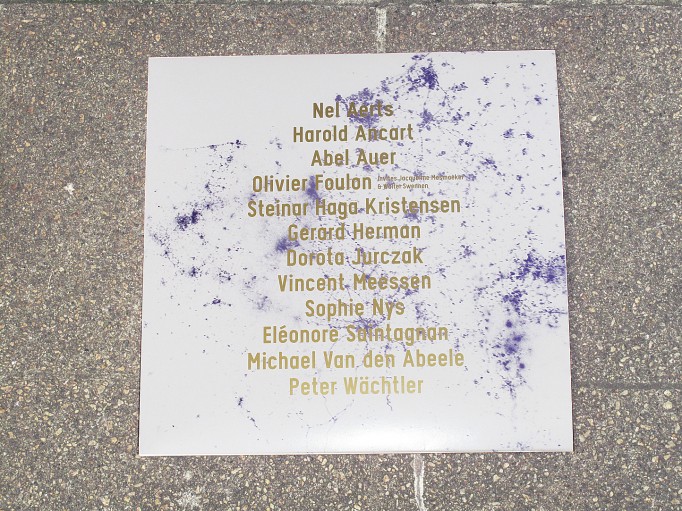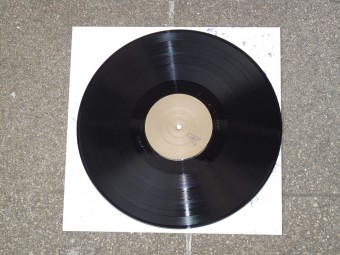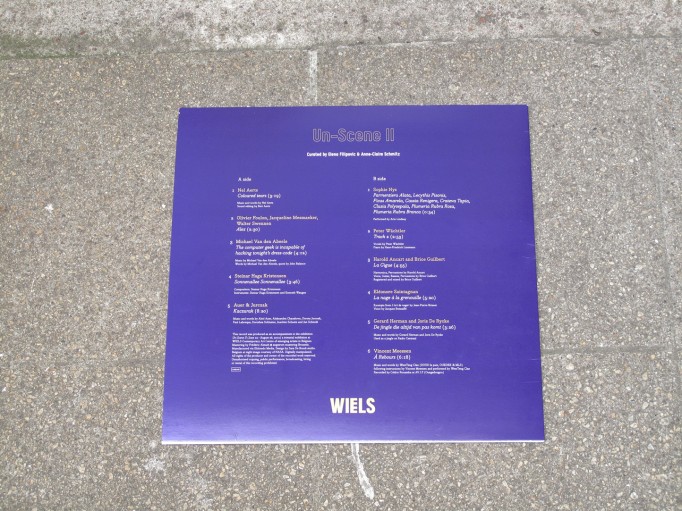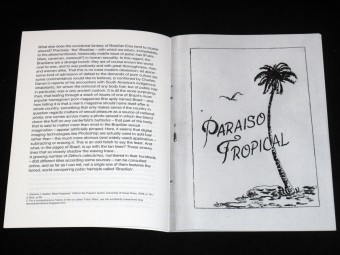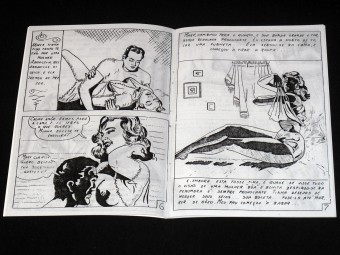

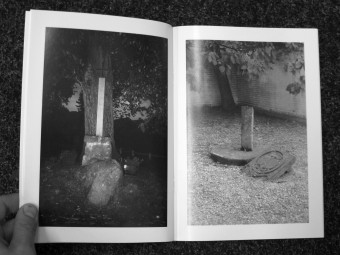
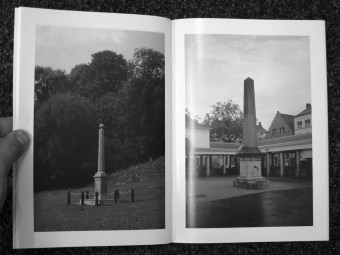

Sophie Nys – Au Pilori
This book is an analogue version of a slide projection. The slide projection consists out of 80 slides (a single carousel) of shame poles. These shame poles where all photographed in Belgium.
A shame pole is a freestanding device for displaying miscreants at a public location in a village or town. In its most basic form, the shame pole was a simple cylindrical or beam-shaped wooden stake to which a neck iron was attached at throat height. The pole was typically made by the local carpenter and often remained undecorated. The wooden pole, decorated or not, was then commonly dug into the ground without any base or treadboards, although there might be a step made in earth, wood or stone. The maintenance of a permanently erected instrument entailed ongoing expense, as well as additional repair work due to vandalism, storm, and war damage. This was especially so with simple wooden poles, which, exposed to the elements, rotted away and regularly had to be replaced.
When a pillar was of stone, it was usually carved out of Belgian bluestone by specialist sculptors. Various types of stone pillar can be distinguished on the basis of style and form, although they all have a crown, a shaft with a chapiter at the top and a base, which primarily consisted of several round, square or polygonal treadboards. The shaft was typically octagonal, but was occasionally hexagonal, rectangular, cylindrical, stepped or obelisk-shaped. There was a cut-away notch in the shaft at about throat height or higher to secure the ring to which the neck iron was attached. Sometimes this ring was not built in, but fastened to a vertical rod so that its height was adjustable.
Published by Grotto Publications
17 x 24 cm, 80 pp, black and white offset, staples, 2010
Edition of 250

